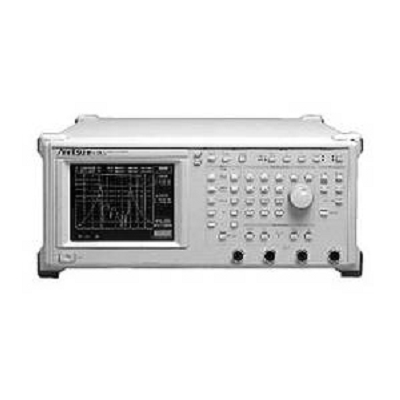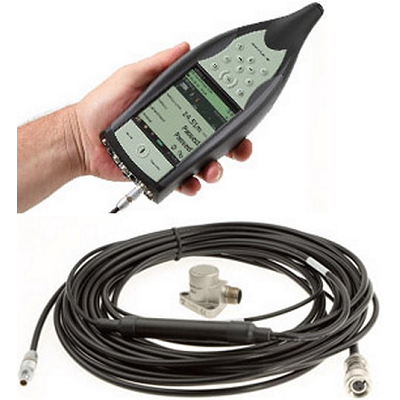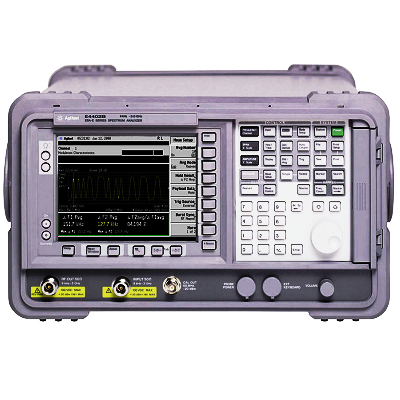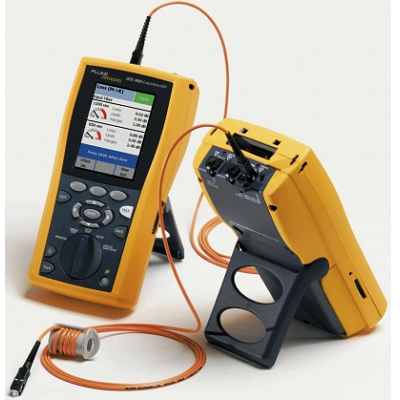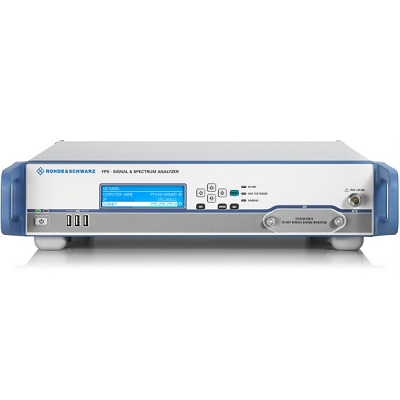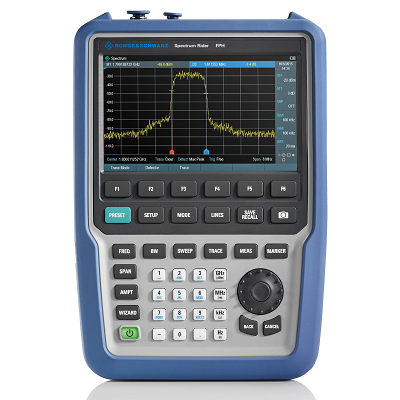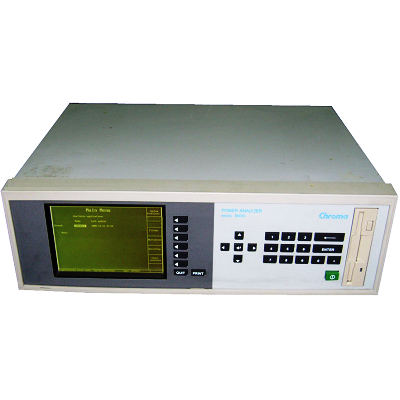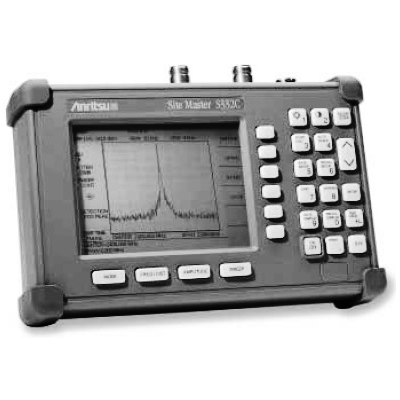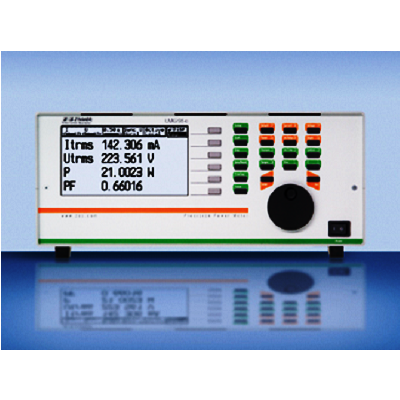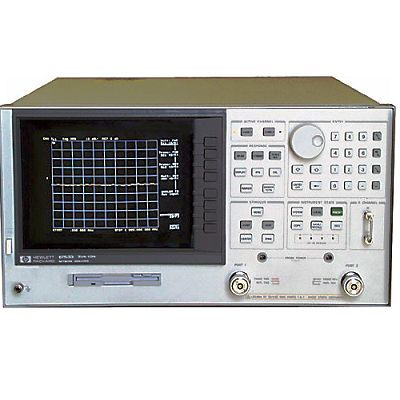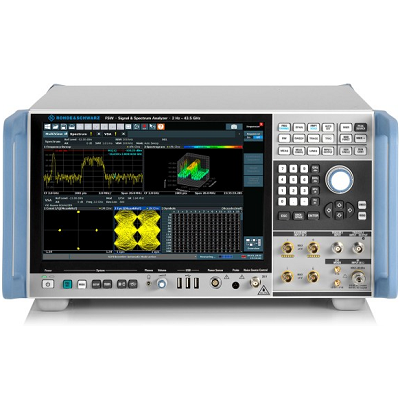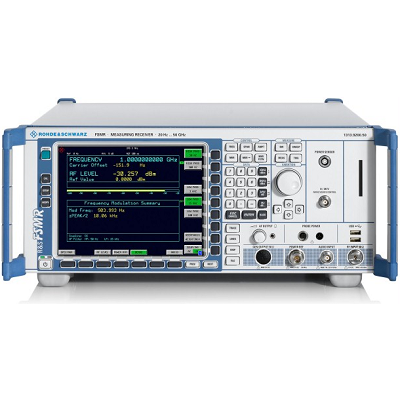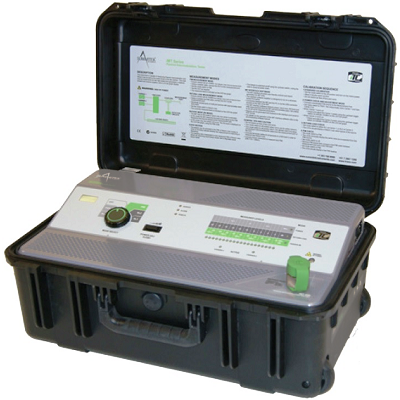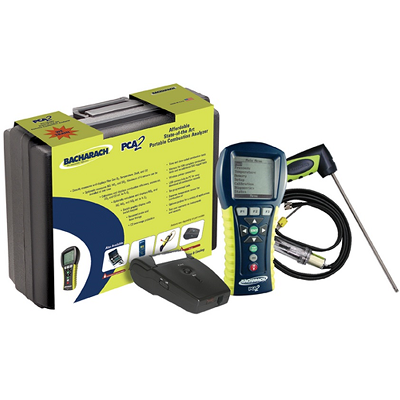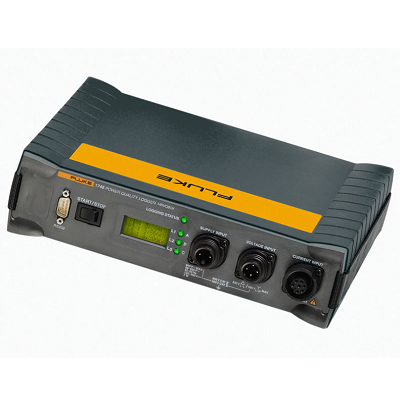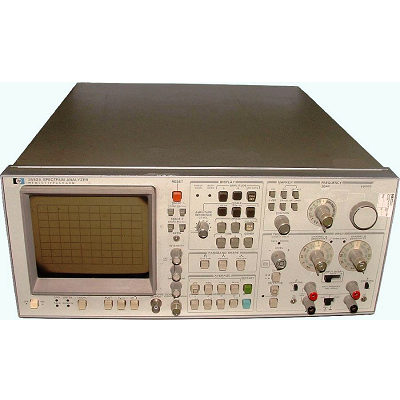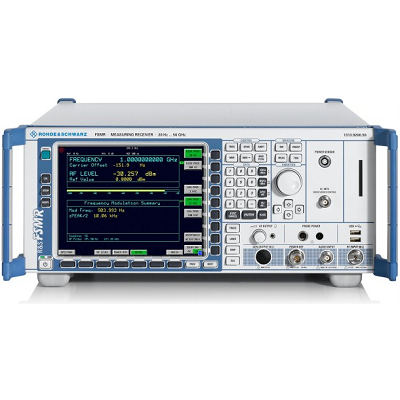Anritsu 56100A Scalar Network Analyzer 10 MHz - 110 GHz
Description
Anritsu offer a comprehensive range of scalar analyzers for economic network measurements to 110GHz. The 56100A scalar analyzer used in conjunction with a 68C series synthesizer offers the very best RF performance in a scalar measurement system. The 68C series synthesizer and 56100A analyzer communicate over a private GPIB link to form an integrated scalar measurement system.
The 56100A/68C scalar measurement systems offer 10MHz to 50GHz frequency coverage with �40dBc harmonics, up to +17dBm leveled power and fully synthesized sweeps. This combination is ideal where the best possible frequency accuracy and dynamic range are required.
Mixers and other frequency conversion devices can also be characterized by using two synthesizers in the system to generate frequency sweeps with a fixed offset.
Measure insertion loss, insertion gain, or RF power with 76 dB dynamic range over the 10MHz to over 50 GHz frequency range � the widest frequency range available in coax. Measure device match as return loss in dB or as SWR.
Separate detectors can be used on all four inputs for multiple transmission measurements on duplexers or matched amplifiers. Direct detection allows simultaneous RF power measurement at different frequencies for example, at the RF, IF, and LO frequencies of mixers and converters.
Features
Specifications
|
Measurement Modes |
Measures and displays in dB swept transmission and return loss characteristics. Power is displayed in dBm. Complete measurement parameters for all modes are displayed. |
|
Frequency Range |
10 MHz to 50 GHz in coax using Wiltron 560 Series Detectors and SWR Autotesters. Waveguide measurement components to 110 GHz support transmission, reflection, and power measurements. |
|
Frequency Accuracy |
Same as Synthesizer frequency accuracy specifications. |
|
Inputs |
Four inputs, A, B, R1 and R2 accept detected outputs from Wiltron 560 Series Detectors and SWR Autotesters. |
|
Dynamic Range |
76 dB (-60 dBm to +16 dBm) on all channels. Usable to -60 dBm. |
|
Data Correction |
System residuals, including the average of open and short reflections, are stored during normalization for automatic subtraction from test data. |
|
Normalization |
During the normalization sequence, each trace is stored with 0.002 dB resolution over any user-selected frequency range. Normalization data are automatically interpolated for ranges less than the original normalized range. |
|
Save/Recall |
Nine sets of front -panel settings can be stored tor later recall. All stored data can be previewed on the CRT or printer output prior to selection. Four of the setups include their own calibration data. |
